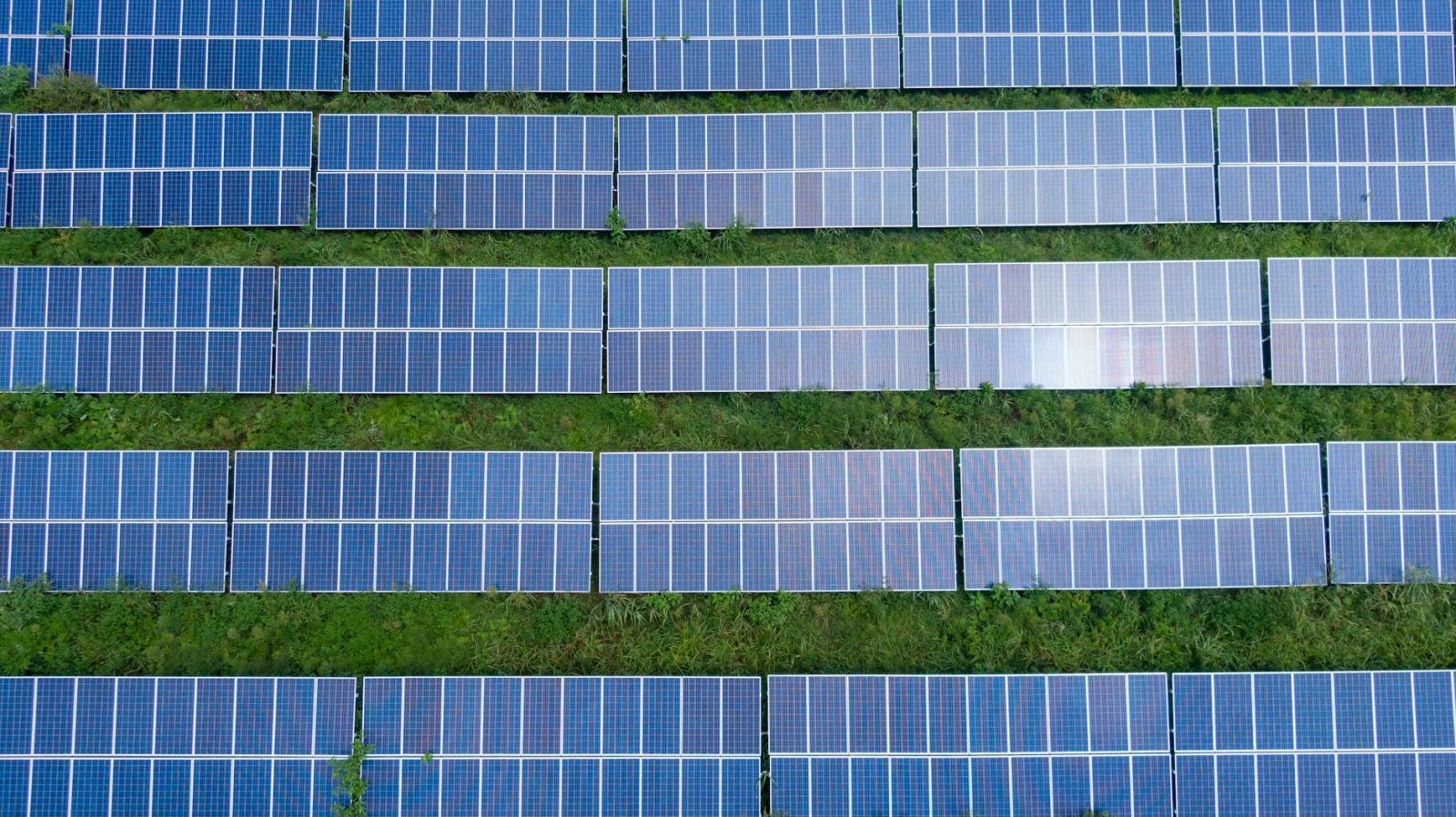
In the first half of 2024, the US power grid got a major boost, with developers and power plant owners adding a hefty 20.2 gigawatts (GW) of new utility-scale electric generating capacity.
According to the latest figures from the US Energy Information Administration (EIA), that’s a 21% increase – 3.6 GW more – compared to the same period last year. And if everything goes as planned, an additional 42.6 GW of capacity could come online in the second half of the year.
Solar leads from the front. Just like in 2023, solar power continues to dominate the scene, making up the largest share of new capacity. In the first half of 2024, 12 GW of solar energy came online, accounting for a whopping 59% of all new capacity. Texas and Florida were at the forefront, contributing 38% of the US solar additions. Standout projects include Nevada’s Gemini facility, which added 690 megawatts (MW) of solar and storage, and the 653-MW Lumina Solar Project in Texas.
Battery storage is also on the rise. Battery storage is quickly becoming a significant player, contributing 21% (4.2 GW) of the new capacity in the first half of 2024. California, Texas, Arizona, and Nevada were the hot spots for these additions. The Gemini project also made headlines with its 380-MW battery storage, alongside Arizona’s 300-MW Eleven Mile Solar Center.
Wind and nuclear power make their mark. Wind power also had a strong showing, adding 2.5 GW, or 12%, of the new capacity. Texas once again led the way with the Canyon Wind (309 MW) and Goodnight (266 MW) wind farms. On the nuclear front, Georgia’s Vogtle nuclear power plant became a major milestone. Unit 4, a 1,114 MW reactor, went live in April, making Vogtle the largest nuclear facility in the US with four reactors.
A slowdown in retirements. Interestingly, the pace of retiring old power capacity has slowed down this year. In the first six months of 2024, 5.1 GW of generating capacity was retired, down from 9.2 GW during the same period in 2023. The majority of these retirements were natural gas (53%) and coal (41%) plants. Notable retirements included Florida’s Seminole Electric Cooperative’s Unit 1 and Pennsylvania’s Homer City Generating Station’s Unit 1, both of which were coal-fired, and Massachusetts’ Mystic Generating Station, a natural gas plant.
What’s coming in H2 2024. There’s a lot more capacity on the horizon in the second half of 2024. Developers are planning to add another 42.6 GW, with nearly 60% of that expected to come from solar. If all goes according to plan, 2024 could set a new record with 37 GW of solar capacity added in a single year – almost double what we saw in 2023.
Battery storage is also on track for a record year, with 15 GW potentially coming online. Texas and California are expected to account for 81% of this new storage capacity.
On the flip side, we’re looking at 2.4 GW of capacity set to retire in the second half of the year, mostly from coal (0.7 GW) and natural gas (1.1 GW).
Read more: This startup’s heat pump water heater syncs with your solar
If you live in an area that has frequent natural disaster events, and are interested in making your home more resilient to power outages, consider going solar and adding a battery storage system. To make sure you find a trusted, reliable solar installer near you that offers competitive pricing, check out EnergySage, a free service that makes it easy for you to go solar. They have hundreds of pre-vetted solar installers competing for your business, ensuring you get high quality solutions and save 20-30% compared to going it alone. Plus, it’s free to use and you won’t get sales calls until you select an installer and share your phone number with them.
Your personalized solar quotes are easy to compare online and you’ll get access to unbiased Energy Advisers to help you every step of the way. Get started here. –trusted affiliate link*
FTC: We use income earning auto affiliate links. More.

